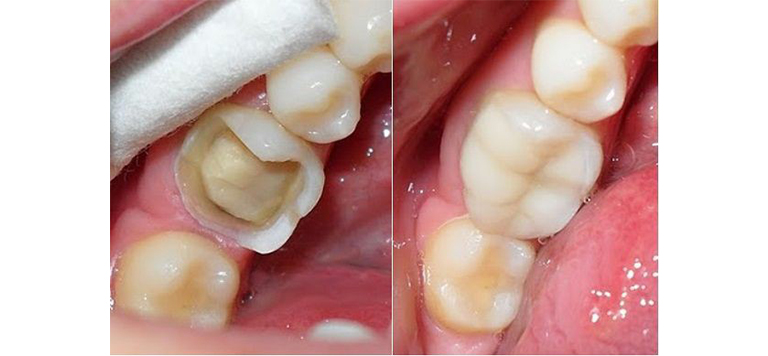Gum disease is an inflammation of the gum line that can progress to affect the bone that surrounds and supports your teeth. Many patients consult a gum treatment specialist in Vijayawada to manage this condition early.
Gum Disease also known as Periodontal Disease begins with bacterial growth in the mouth, the localised inflammation of the gingiva is initiated by bacteria in the dental plaque, which is a microbial biofilm that forms on the teeth and gingiva. Nearly 70% of the people are affected by this disease at some point in their life. Though such a prevalent disease most people are unaware of the issue and the problems it can cause. Modern options like laser gum treatment in Vijayawada are often discussed during consultations.
Risk Factors For Gum Disease
Gum disease is the most common dental problem, and one of the most serious. Left unchecked, gum disease can cause you to lose teeth, and increases the risk factors for a number of other illnesses, including:
- Diabetes
- Heart disease
- Stroke
- Premature births or low birth weight
- Osteoporosis
- Respiratory disease
- Cancer
Gum disease is best treated when caught early, but that can be difficult since it’s usually painless until there’s a problem. The best way to identify gum disease is; in its early stages. Patients often approach a gum treatment specialist in Vijayawada for early screening and diagnosis.
Symptoms Of Gum Diseases
- Bleeding of gums when you brush or floss your teeth,
- Teeth loosening,
- Change in the way your teeth fit together when you bite (malocclusion),
- Pus formation between teeth and gums,
- Pain while chewing,
- Teeth sensitivity,
- Tender, swollen gums,
- Ill-fitting partial dentures,
- Foul breath,
- Space formation between gums and teeth.
Stages Of Gum Disease Progression: Gingivitis vs. Periodontitis
In the very first stages of gum disease, you may notice a little inflammation and bleeding gums, and maybe a foul taste in your mouth. This stage is called gingivitis. It’s typically painless, but it’s the first step toward a serious infection, and it’s the only stage of gum disease that is reversible. If you notice swollen, tender or puffy gums, or that your gums bleed when you brush or floss pay close attention and don’t hesitate to visit your dentist for a screening. Some patients also enquire about laser gum treatment in Vijayawada at this stage.
Once gingivitis has progressed to periodontal disease or periodontitis, a more advanced stage of gum disease can cause irreversible damage to the tissue and bone surrounding your teeth.
Tell-tale signs of periodontal disease are gums red or purple in colour, receding gums that are pulling back away from the teeth, bad breath, bleeding or swollen gums, pus between the teeth, or loose teeth. At this stage, symptoms can be treated, but the disease has now progressed to a chronic condition. If it continues to get worse, it’s likely you will lose your teeth unless you pursue aggressive treatment, which may include laser gum treatment in Vijayawada under expert supervision.
How To Prevent, Treat And Reverse Gum Disease?
The best defence against gum disease is good daily dental hygiene. Brush and floss twice daily and never skip dental visits every six months. Our dentists will check you for any early signs of gum disease, and clean your teeth, removing any stubborn plaque or tartar. Many people rely on a gum treatment specialist in Vijayawada for preventive care guidance.
Keep risk-factors in check, which include heredity, diabetes, smoking, alcohol use, heart disease, osteoporosis, respiratory illnesses, compromised immune systems, and the use of certain medications. Talk to your dentist if you meet one or more risk factors.
Gingivitis is reversible if identified and treated in time. If you are in the first stages of gum disease, your dentist may recommend a deep cleaning to remove calculus and build up from under and around the gum line, creating a clean environment and an opportunity for your gums to reattach.
If your periodontal disease is very advanced, your dentist may suggest more aggressive treatment, and patients often explore advanced options like laser gum treatment in Vijayawada for improved comfort and precision.




